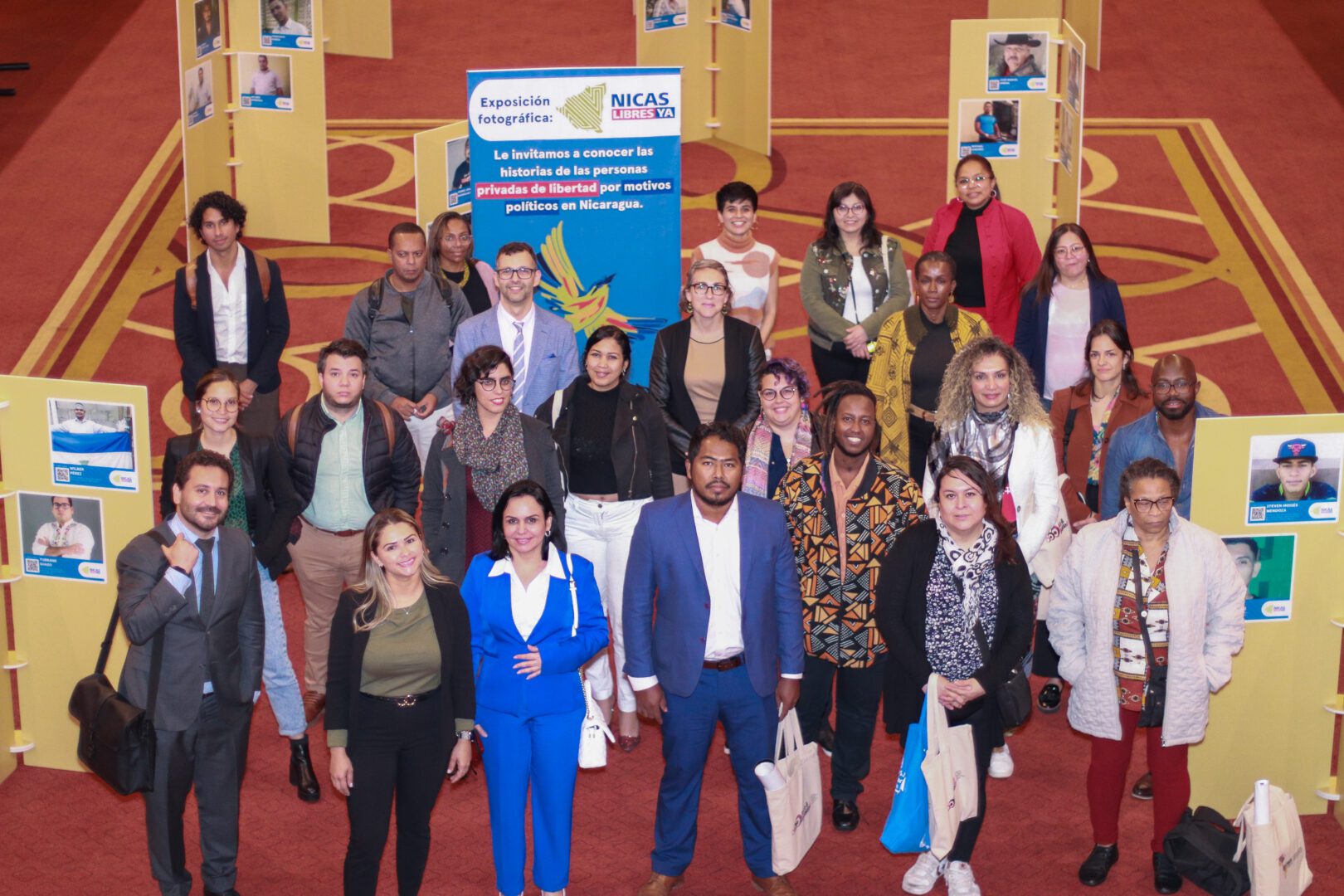Violence Against Women and the Importance of Addressing it Through an Intersectional Lens
Washington D.C., November 24, 2023 – Violence against women is as common as it is diverse in its manifestations. Similarly, its impact on victims is determined by the diversity of […]

Washington D.C., November 24, 2023 – Violence against women is as common as it is diverse in its manifestations. Similarly, its impact on victims is determined by the diversity of factors that intersect in their lives, from age and ethnicity to social status. On the International Day for the Elimination of Violence against Women, observed every November 25th, the Institute on Race, Equality, and Human Rights (Race and Equality) emphasizes the importance of addressing violence against women through an intersectional lens while providing recommendations to States.
In this regard, it is necessary to start with a definition of violence against women, its main manifestations, and an explanation of what intersectionality is, with references to examples of how the intersectional approach has been applied within the United Nations and the Inter-American System. UN Women, the United Nations entity dedicated to gender equality and women’s empowerment, defines violence against women and girls as any act of gender-based violence that results in, or is likely to result in, physical, sexual, or psychological harm or suffering.
Regarding the types of violence, the organization refers to physical, psychological, economic, emotional, and sexual violence, including sexual harassment, rape, corrective rape, and rape culture. There are also issues such as human trafficking, female genital mutilation, child marriage, and online or digital violence, including cyberbullying, sexting, and doxing. And, of course, the most extreme form of violence against women, femicide.
About the Intersectional Approach
Kimberlé Crenshaw, an American lawyer and scholar specializing in race and gender issues, was the first to address the concept of intersectionality concerning gender to understand structural inequality. She defined it as “a metaphor for understanding how multiple forms of inequality or disadvantage sometimes combine and create obstacles that are often not understood in conventional ways.”[1]
Initially, the term was heavily criticized because it seemed to favor certain individuals or groups concerning rights, departing from the concept of equality. However, to date, the term intersectionality is fully accepted and integrated into human rights systems, not only concerning gender issues but as a necessary tool for providing comprehensive responses to situations of discrimination.
Within the Inter-American System, the Inter-American Court of Human Rights (IACtHR) first used the concept of “intersectionality” in analyzing the discrimination suffered by a girl in accessing education in the case of Gonzales Lluy and Others Vs. Ecuador.[2] In this case, the Court affirmed that “multiple factors of vulnerability and risk of discrimination associated with being a girl, woman, person in poverty, and a person with HIV intersected.” The discrimination experienced “was not only caused by multiple factors but also resulted from the intersection of these factors. In other words, if any of these factors had not existed, the discrimination would have taken a different form. Indeed, poverty affected initial access to healthcare, which was not of quality and, on the contrary, resulted in HIV transmission. Poverty also impacted the difficulties in obtaining better access to the education system and decent housing,”[3] reasoned the Court.
For Race and Equality, the intersectional approach is one of its main working tools with civil society organizations. Through a recently initiated project, they aim to ensure that the priorities and needs of diverse women in Latin America are reflected, respected, and defended in international human rights protection mechanisms. They work specifically with women from Mexico, Honduras, Colombia, and Brazil, primarily with Indigenous, LBTI+, and Afro-descendant women who are in situations of particular vulnerability due to their gender and belonging to these discriminated groups. They seek to strengthen their capacities to have a voice in international human rights protection systems and at the national level, as well as to share their experiences with each other.
Race and Equality considers that defending and protecting women’s human rights is fundamental to advancing towards a just and equal society, and to ensure the inclusion of the intersectional approach in gender equality and women’s rights policies, they make the following recommendations to States:
- Conduct awareness campaigns to break down gender stereotypes about women.
- Provide training to state officials, especially judges, on the importance of adopting an intersectional approach to discrimination, to provide comprehensive responses to situations faced by women.
- Review and develop legislation that allows officials to approach and respond to issues with an intersectional focus. Without legislation establishing an intersectional approach, it is difficult to implement policies in that direction.
- Involve women from different groups in the exchange of experiences, allowing them to speak out about the types of violence they experience due to their living conditions. This interaction enriches perspectives and potential policies.
- Implement special programs to ensure women’s access to basic services, education, and employment.
- Collect data on violence against women using intersectional indicators, including sexual orientation and gender identity. Monitor the implementation and scope of women’s rights and gender equality policies with an intersectional approach.
[1] VOX, The Intersectionality Wars, https://www.vox.com/the-highlight/2019/5/20/18542843/intersectionality-conservatism-law-race-gender-discrimination
[2] Case available at: https://summa.cejil.org/en/entity/s2eqbnvn4m0hh9gfp83t0529
[3] Cfr. Caso Gonzales Lluy y Otros Vs. Ecuador, supra, par. 290.

